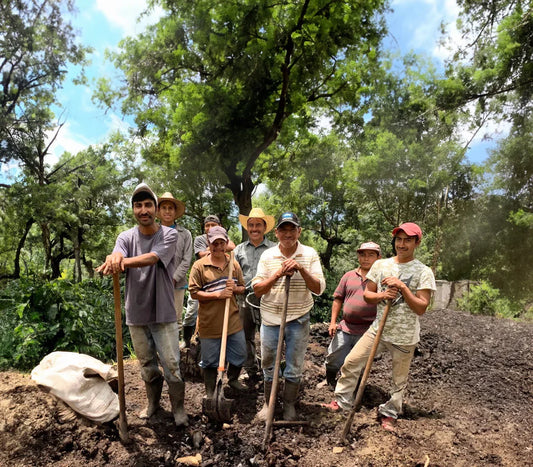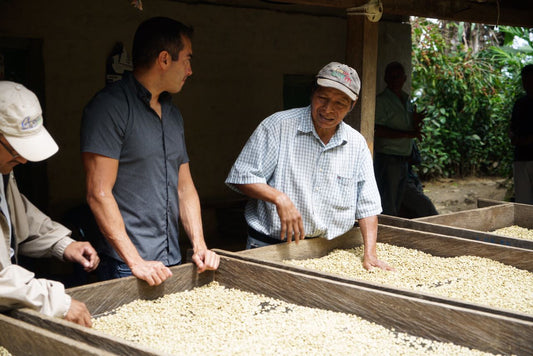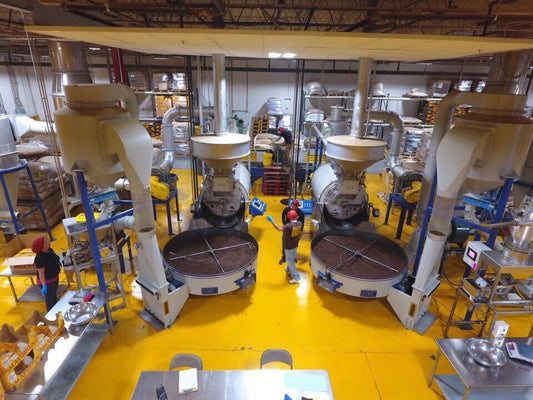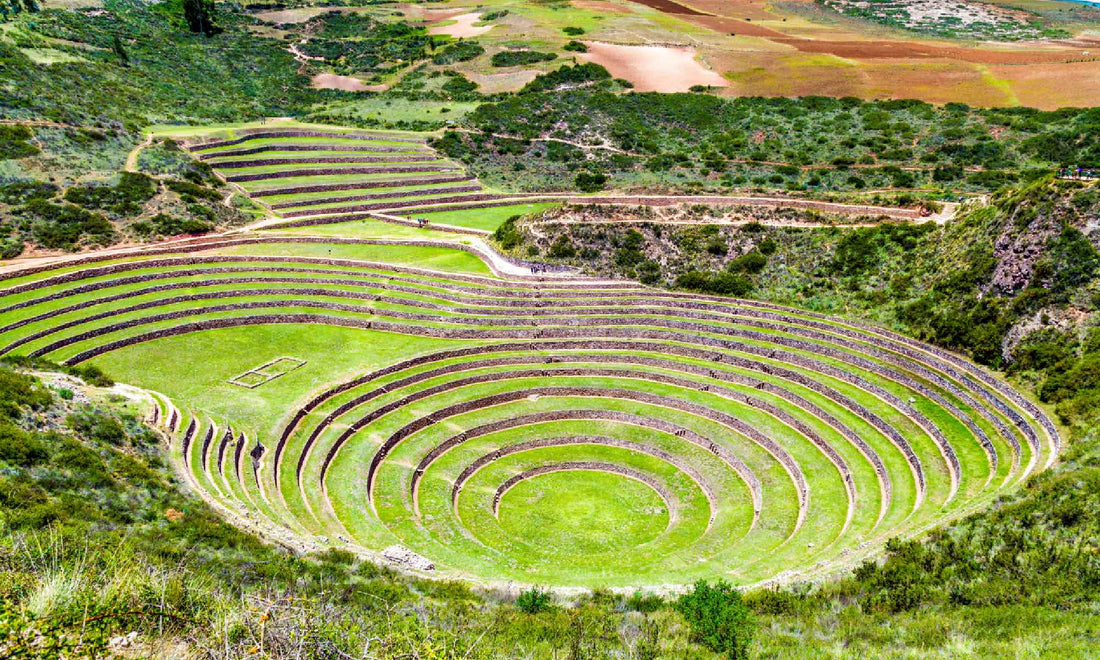
Ancient Innovators: The Amazing Incas
From bridges to terracing for potatoes, we’ve got a lot to thank them for.
"The Incas created the greatest empire that existed in the southern hemisphere, incorporating the cultural and technological advances of the ancestral cultures that they conquered," José María Fernández Díaz-Formentí, a researcher, notes.
José is right, of course.
Jump to:
The Largest Empire on the Continent
In addition to creating the first roads and suspension bridges, accounting systems and pioneering brain surgery, the Incas also saved the world from (potential) starvation.
That's because the ancient civilization gifted us the humble potato – a food staple in many countries today.
And that's without mentioning all the other food sources they successfully domesticated. Or their inventive farming methods and food storage ideas such as freeze-drying they developed to ensure that their population of over 10 million people never went hungry.
The largest-ever empire on the American continent, the Inca is also revered for its architecture. They constructed all of their remarkable buildings, the most famous of which is undoubtedly Machu Picchu, without modern tools or the advantage of the wheel. Built over rugged terrain, these buildings have endured over five centuries in what is known as being an earthquake-prone zone.
As Susan Sisson, a teacher, notes: "The Inca people were probably the finest stone workers and carvers to ever construct a building. Almost all of the public buildings in Cuzco and many of those in Lima have foundations that were chiseled and fitted precisely by these master stone masons.
"In many of the towns that were constructed by the Inca, the water systems that they installed are still in use, trickling small streams of water throughout the town. And now, seven hundred years later, their public works are still enriching the lives of their descendants."
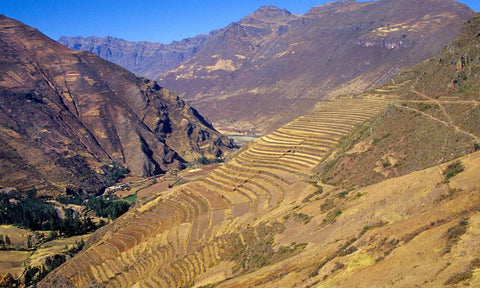
Suspension Bridges: The Incas' Hanging Roads
The capital of the Inca Empire was in Cusco, Peru, and stretched out to what today is Ecuador in the north, Chile in the South, Bolivia in the east, and all the way to the Pacific Ocean in the west.
All of this prosperous growth and conquest would not have been possible without the roads and bridges that connected the empire.
As history buff Ryan Abercrombie explains: "The Inca knew how to use geography to their advantage".
"The Andes mountains were quite an advantage to the Inca. They gained very important mineral resources like gold, silver, and emeralds, as well as copper and tin. The desert and jungle acted as natural barriers, as well as the peaks and gorges of the mountains that were connected by bridges; and control of these would allow control of their cities."
Owing to their skilled engineers and system of collective labor, the Incas built an impressive system of roads and bridges across very complicated terrains in the Andes, including mountains, deep canyons, rugged terrain, and countless rivers.
But what is most fascinating about their ingenious system was the design and building of their suspension bridges, which many believe inspired contemporary bridges such as the George Washington Bridge in New York and the Golden Gate in San Francisco. Many were up to 150 feet long and wide enough that "if a horse fell on all fours, it could not fall off the bridge".
Since communication was extremely important to the Inca government, their bridges provided precisely what they needed in times when llamas and alpacas were their only form of transport.
Because the Inca used perishable plant materials to build the suspension bridges, only two remain in the area today. One is the Q’eswachaka which crosses the Apurímac River and the other is known as the Tinkuqchaka over the Pampas River. Both are still studied by engineers to this day and provide invaluable information.
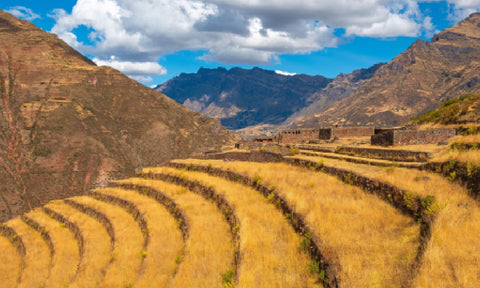
Feed the World: Potatoes and Terrace Farming
But the landscape did not only make moving around difficult, it also impacted farming and food production.
As a consequence of the rugged and uneven terrain of the Andes, the Incas designed and developed agricultural terraces which covered about a million hectares throughout Peru to exploit our fertile lands.
"The Inca's agricultural terraces at Moray are one of their many great achievements. This symbolized how technologically advanced the Inca were in agriculture," Ryan explains.
Terraces were created by cutting the land like steep stairs into the hills and creating parcels of flat land. "Each terrace was reinforced by several different materials to deter elements in the mountains such as frost and wind," Ryan says, referring to how stone walls, for instance, were used to retain heat and protect sensitive plant roots during cold weather.
Since they could not depend on rainfall for water supply, they also developed an advanced irrigation system to water the terraces and reduce land erosion. They also carved canals in rocks and filled connections with clay creating aqueducts to carry water to farms as well, which allowed them to maximize agricultural production.
These deceptively simple feats of agricultural genius allowed the Inca to build – and feed – a large and powerful empire.
Today, these highly productive farming practices have once again been taken up by local farmers worried about climate change and food security.
"I think their greatest contribution to mankind has been the domestication of a large number of plants of extraordinary nutritional value. Without them, it would be difficult to imagine actual world food: potatoes, tomatoes, corn, peppers, beans," José says.
"And there are extraordinary foods in the worldwide diffusion phase, and others, such as maca and tarwi, that are still waiting for their time. I think that this has been the greatest legacy the Andean peoples have left humanity."
